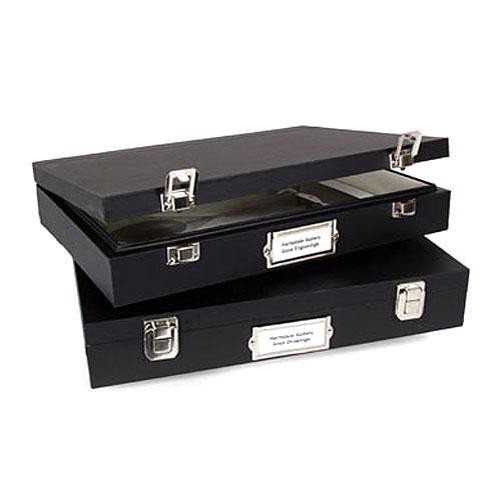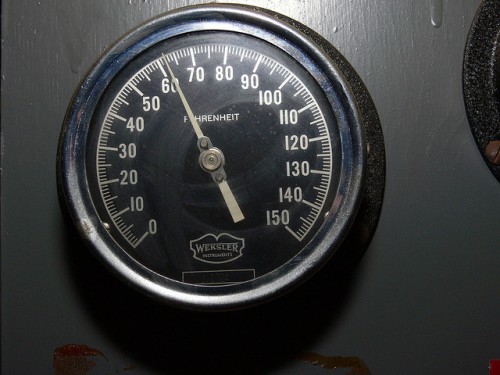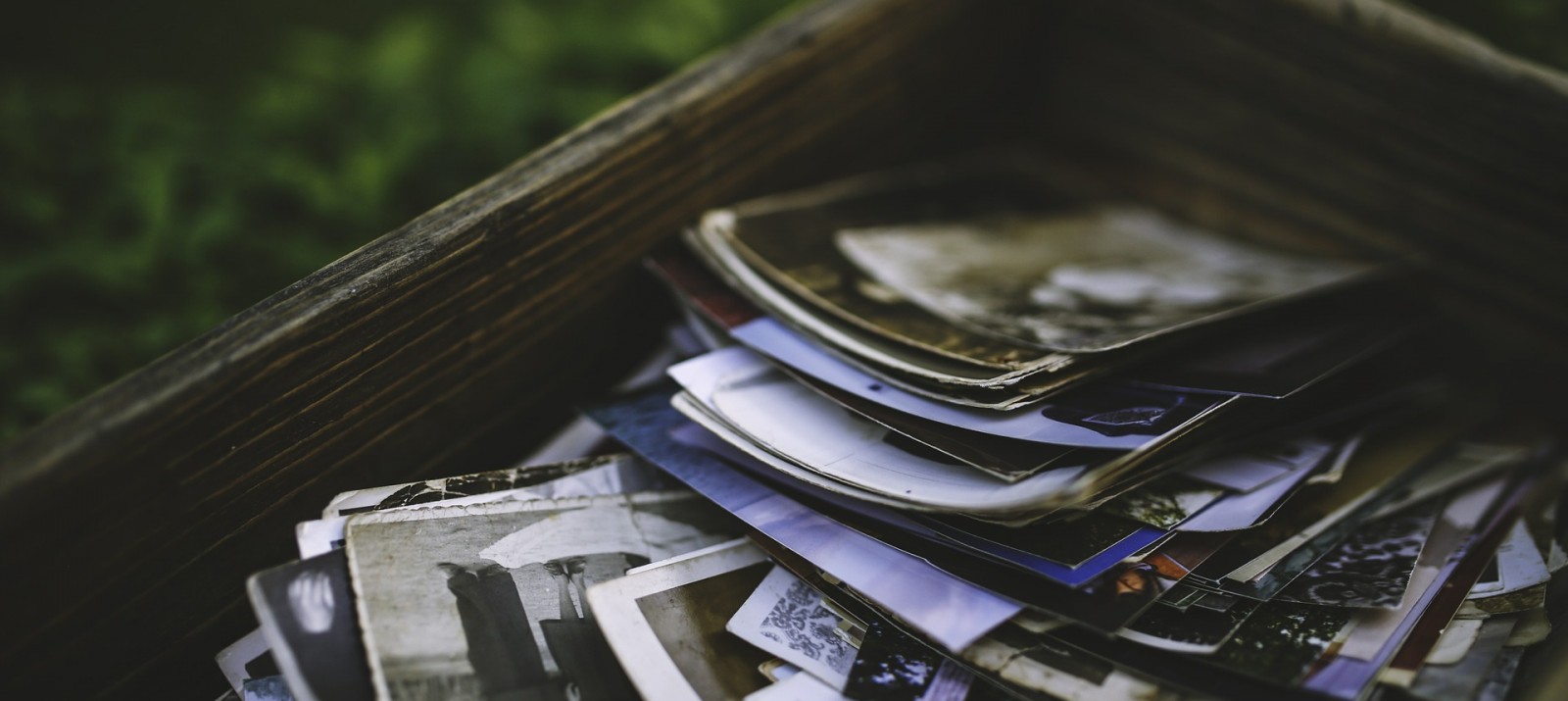Even in today’s digital age of Instagram, Snapchat, and #TBT posts, nothing compares to the warm nostalgia you feel when looking at old photographs from your glory days. But the problem is that just like those glory days, your photographs won’t last forever.
The good news: You can make them last longer if you store and preserve those photos properly. Here are five simple ways to make sure that your old photographs, and with it, some of your fondest memories, stay in top condition for years to come.
1. Resist the urge to tinker
Attempting to make minor adjustments to a photograph, such as flattening a crease, can cause major damage that may not be immediately visible. Experts warn against using chemical treatments to clean, intensify, or restore a photograph because it can lead to irreparable damage. And who wants to destroy the only remaining physical proof of how cool you were back in the day?
If you happen to have a photograph in poor condition that you want to preserve, we recommend working with a qualified conservator to properly restore it.
2. Lay old photographs flat on their backs

Rolling shirts and standing them up to save space in your drawer is a great idea. Doing that to photographs is a grim idea because it can cause a photo’s front and back to stick together, hiding a photograph’s main purpose.
Unfurling a rolled photograph is also dangerous because it can crease, or worse, tear the photo of your kindergarten picture day outfit and hairstyle that your parents worked so hard to prepare. Make it easier for everyone to see and relive some of your proudest moments by keeping your old photographs flat on their backs.
3. Store your old photographs in acid-free, chemically-neutral materials

Photographs should be individually stored in acid-free, chemically-neutral materials whenever possible to prevent them from yellowing and deteriorating over time.
Stacking your photographs on top of each other is okay, but only if you separate individual photos with sheets of acid-free paper first. Also, double check that materials are labeled “acid-free” (signified by the symbol pictured above) when you’re buying scrapbooks, filing boxes, or other photograph storage solutions.
If your photographs are going to be touched at some point, such as in a portfolio, look for “unbuffered” museum-quality board. Some backing boards contain an alkaline buffer, which although gives your pictures a basic chemical property to offset environmental acidity, can actually damage color photos over time.
4. Avoid storing old photographs in light

Similar to vampires, your vintage photographs will perish in light. Some types of color film will fade within hours if they’re exposed to direct sunlight. To keep your photographs alive and in great condition, protect them from light as much as possible. Interior fluorescent lighting is especially damaging and should be avoided at all costs.
If unframed, the best way to store your old photographs is in archival storage materials or a dark container, such as a Solander Box from B&H (pictured above). For high-value photographs, it may be worth it to invest in high-grade UV acrylic glazing or plexiglass for maximum protection.
If you plan on displaying your collection, make sure that your photographs are framed and under glass that will filter out harmful UV rays. Photographs and other works on paper should not be in direct sunlight or interior fluorescent lighting. But if they must be in either of those types of lighting, periodically rotate them with other items so that they’re not exposed to direct light for too long.
5. Control the weather

One of the most important ways to make sure that your physical photos last longer is to pretend you’re Storm and control the weather. Avoid storing your photos in damp and excessively-dry conditions. Damp conditions cause mold to flourish, which stains and eats photographs, while heat can cause them to become brittle.
The optimum atmospheric conditions for storing old photographs is around 60 degrees Fahrenheit with 40 degrees relative humidity.
Unfortunately you can’t travel back in time, but follow these five photograph storage tips and you’ll be able to relive your glory days a lot longer.
This post was contributed by Lofty, an expert-reviewed, online marketplace for valuable fine art, antiques, and collectibles.








